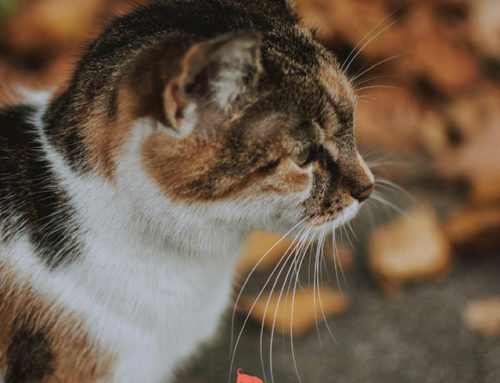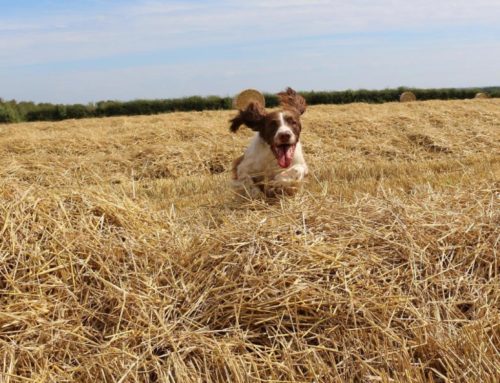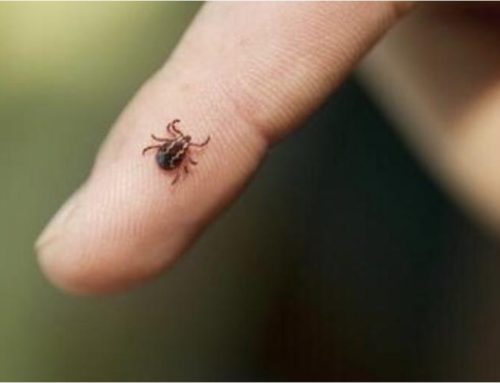 If you are thinking of getting a reptile the most important piece of advice is “BE PREPARED”. Research different species to find the best match for you and your lifestyle, research the enclosure requirements, diet, supplements, temperatures, and day to day care needs. Purchase and set up the enclosure in advance of welcoming your reptile home to ensure the correct conditions are being achieved. Each species has individual requirements but here is an overview of things to be aware of to get you started on the right path. Familiarising yourself with the reptile’s natural environment will help you to understand their lifestyle and needs.
If you are thinking of getting a reptile the most important piece of advice is “BE PREPARED”. Research different species to find the best match for you and your lifestyle, research the enclosure requirements, diet, supplements, temperatures, and day to day care needs. Purchase and set up the enclosure in advance of welcoming your reptile home to ensure the correct conditions are being achieved. Each species has individual requirements but here is an overview of things to be aware of to get you started on the right path. Familiarising yourself with the reptile’s natural environment will help you to understand their lifestyle and needs.
Key points to consider when planning for a reptile.
- Choosing the right enclosure – most reptiles are housed in a vivarium, the size and shape needed will depend on how your chosen species spends their days, arboreal species such as chameleons live in trees and need plenty of height to climb, whereas terrestrial species such as bearded dragons need plenty of ground level space.
- Enclosure “furniture” – this may be plants and branches for climbing, hiding places, or even an area of water for some species. Some, such as leopard geckos, will use a humid hide to assist with shedding their skin, this is a hide containing wet substrate such as moss.
- Diet – many reptile species are either insectivores, eating live insects, or carnivores, eating whole prey. Consider if you are happy to have these in your home before deciding on a reptile. Caring for live insects to ensure they make a nutritious meal can often take more work than then looking after the reptile itself! Insects need to be live and “gutloaded” to fill their bellies with nutrients, otherwise they are an empty shell. An appropriate supplement schedule also needs to be implemented to ensure calcium and other vitamins and minerals are sufficiently provided.
- Water – for most species a water bowl is appropriate, however some, such as chameleons, would not naturally be at ground level to drink standing water and would instead drink water from leaves or dripping in the trees, a dripper and misting system can provide drinking water to these species. Be aware tap water should have a reptile water conditioner added to make it safe for reptiles to drink.
- UV lighting – Alongside diet and supplements, UV light provision ensures proper bone growth. Deficiencies can lead to metabolic bone disease, a condition where bones/shells are soft and deformed as there is poor bone density. All species benefit from UV light provision although the bulb strength needed will vary, with lower levels required by nocturnal (most active at night) and crepuscular (most active at dawn and dusk) species compared to those active during the day. Bulbs need to be replaced as per manufacturer guidelines (usually every 6 months) as, although they still give off visible light, the UV provision declines.
- Temperature – Reptiles are ectothermic meaning their body temperature is regulated by external sources. They bask in the sun or on the warm ground and move to cooler areas as needed. For this reason, the vivarium needs to provide a temperature gradient: a basking spot at the highest temperature to one side, gradually getting cooler towards the other side. Heating equipment such as basking bulbs, ceramic heaters and heat mats must always be connected to a thermostat to prevent overheating which can lead to burns and is a fire risk. The thermostat is set to the required temperature at the basking spot but a thermometer or temperature gun should also be used to regularly check temperatures around the enclosure. Heating equipment must also be protected from direct contact with the reptile to prevent burns.
- Veterinary care – that’s where we come in! Vet Hannah and nurse Amanda are our exotic pet team at The VH and are here to help if you have any concerns.





